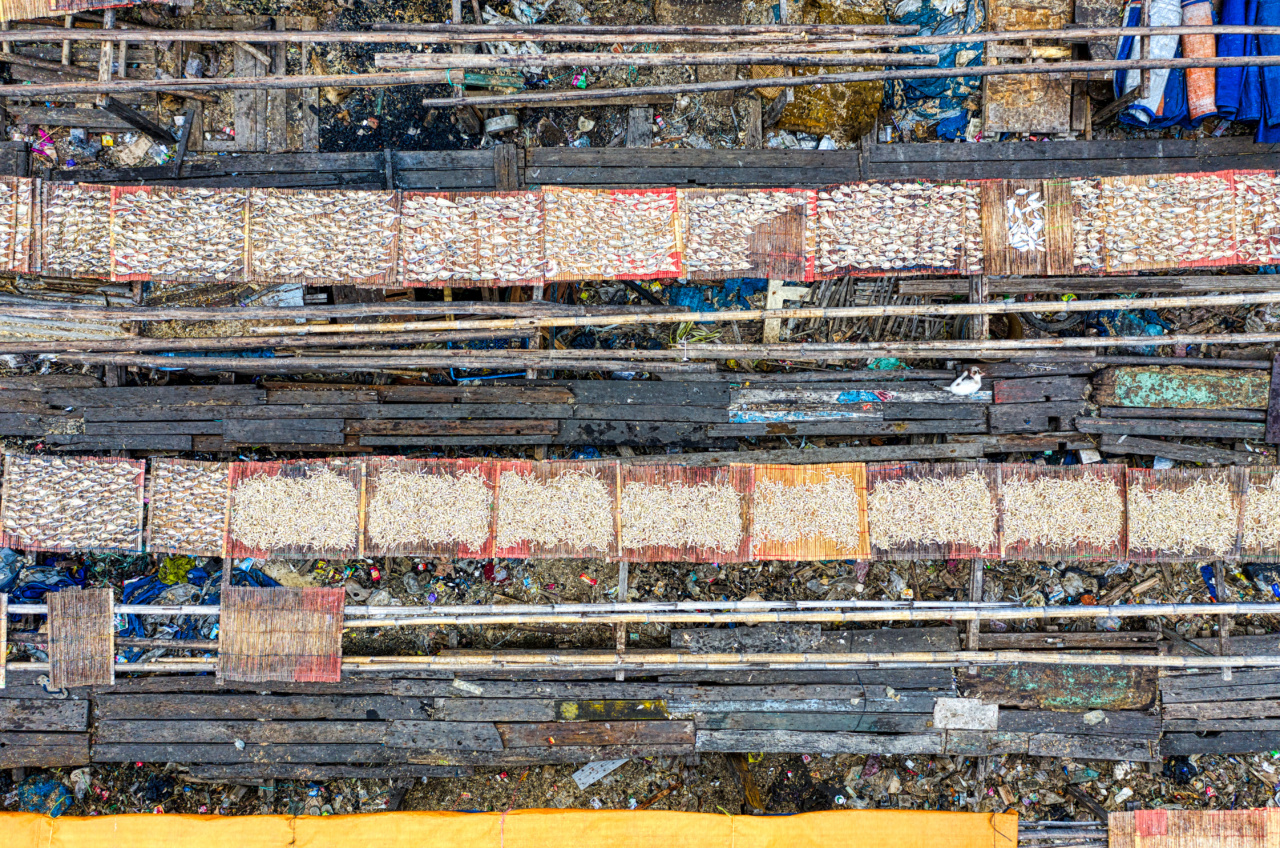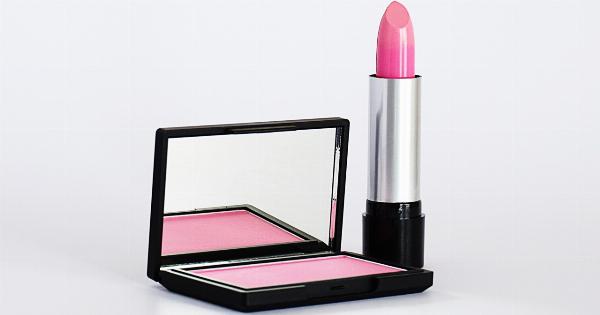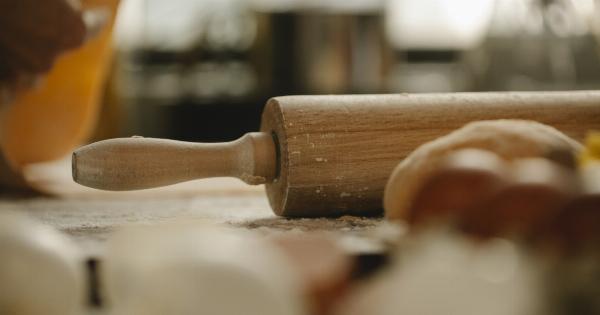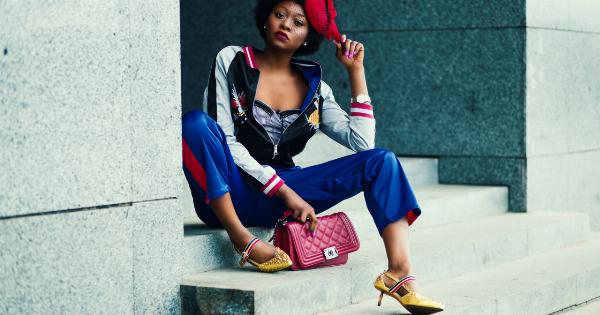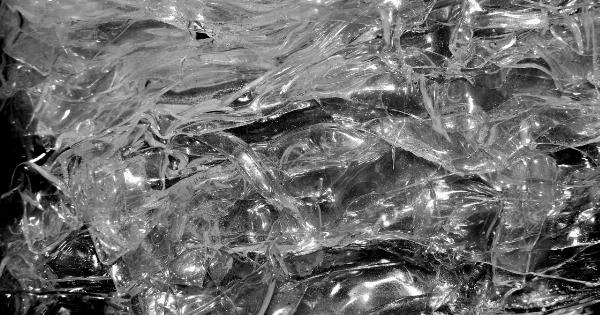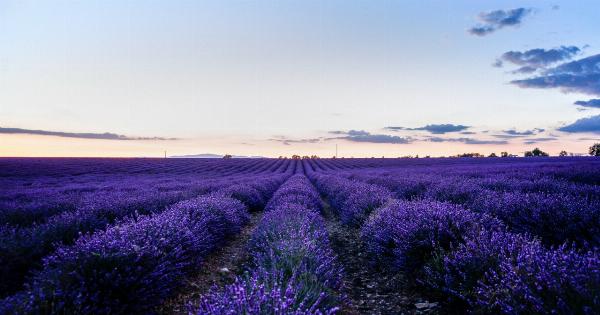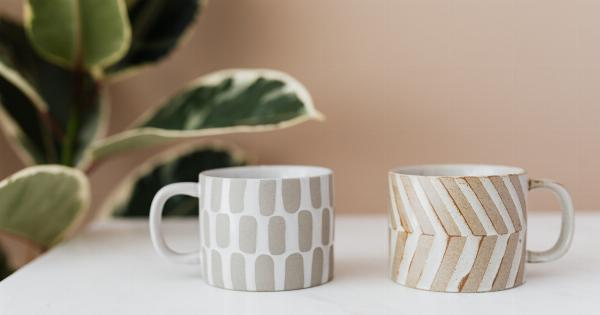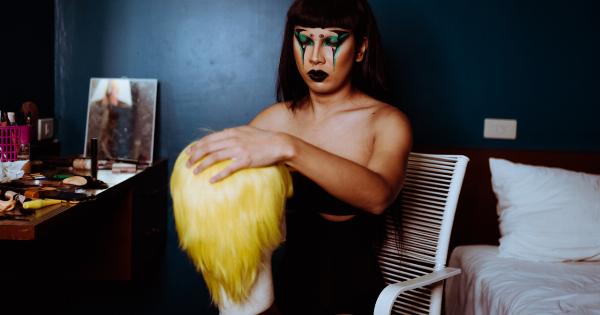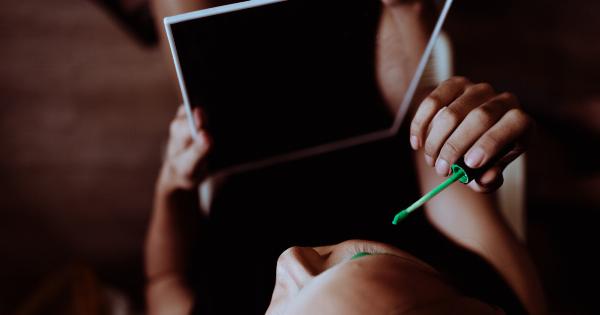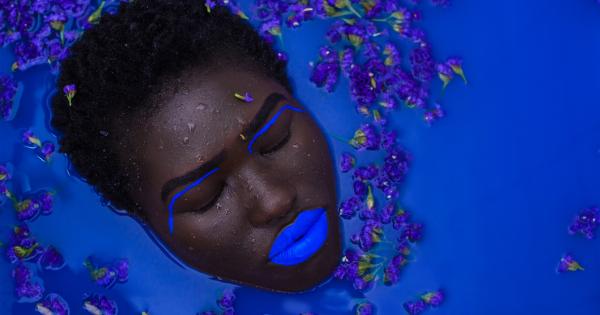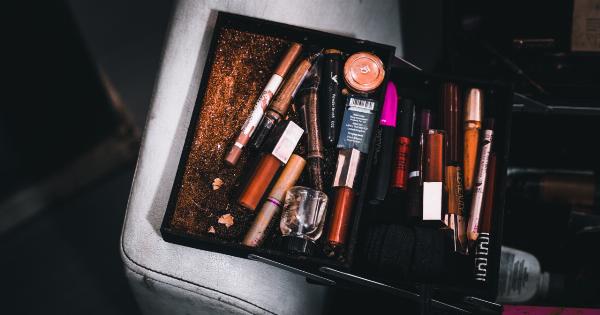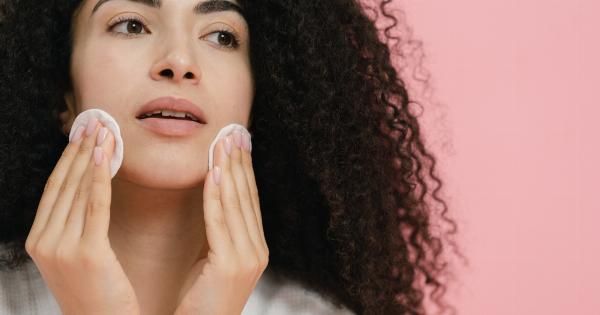Makeup is a part of many people’s daily routine. It helps enhance our features, boost confidence, and express our individuality. However, what many people are unaware of is that their beloved makeup products could be hiding a toxic secret.
From lead-laden lipsticks to hormone-disrupting phthalates, there are numerous harmful substances lurking in our beauty bags. In this article, we will explore the potential dangers of traditional cosmetics, shed light on the importance of choosing clean beauty alternatives, and provide you with tips on how to make your makeup bag a healthier and more sustainable space.
The hidden toxins in your makeup
It’s disheartening to think that the products we use to enhance our appearance could be putting our health at risk. Yet, countless studies have revealed the presence of toxic ingredients in conventional cosmetics. Here are some common offenders:.
1. Parabens
Parabens are preservatives commonly found in cosmetics and personal care products. They mimic estrogen in the body, potentially disrupting hormonal balance. Some studies have linked parabens to breast cancer and reproductive issues.
2. Phthalates
Phthalates are plasticizers used to soften and increase the flexibility of plastic. They are also commonly used in beauty products, especially fragrances and nail polishes.
Phthalates are known endocrine disruptors and may interfere with the normal functioning of hormones in the body.
3. Lead
Lead, a heavy metal, has been detected in various makeup products, particularly lipsticks. Prolonged exposure to lead has been associated with behavioral and developmental problems, as well as organ toxicity.
4. Formaldehyde
Formaldehyde is a known human carcinogen and is often present in cosmetics as a preservative. It can cause allergies, skin irritations, and respiratory issues, especially in individuals with asthma or sensitivities.
5. Talc
Talc, commonly used in powdered cosmetics such as blush and eyeshadow, may contain asbestos fibers. Asbestos is a well-known carcinogen and its presence in talc-based products raises concerns about the potential risk of respiratory diseases and cancer.
6. Synthetic Fragrances
Fragrance is present in almost all beauty products, but many fragrances are composed of synthetic chemicals. These chemicals can be irritants and allergens, triggering various allergic reactions and skin sensitivities.
Choosing clean beauty alternatives
Thankfully, the growing awareness of the potential hazards of traditional cosmetics has led to the emergence of clean beauty alternatives.
Clean beauty focuses on using natural, non-toxic ingredients that are safe for both our bodies and the environment. Here are some steps you can take to make your makeup routine cleaner and safer:.
1. Read labels and do your research
Start by familiarizing yourself with commonly used toxic ingredients.
Look for products that are labeled as “paraben-free,” “phthalate-free,” “lead-free,” and “formaldehyde-free.” Be cautious of greenwashing, which is when companies market their products as natural or clean, but they may still contain harmful ingredients. Research brands and choose those committed to transparency and sustainability.
2. Opt for natural and organic options
Natural and organic beauty products are formulated with plant-based ingredients and are typically free from synthetic chemicals. Look for certifications like USDA Organic or COSMOS Organic to ensure the products meet strict standards.
These products can be just as effective as their conventional counterparts without the potential health risks.
3. DIY beauty
Consider creating your own DIY beauty products using simple ingredients from your kitchen, such as coconut oil, shea butter, or essential oils.
By making your own cosmetics, you have full control over the ingredients and can customize formulations to suit your skin’s needs.
4. Explore ethical and sustainable brands
Consider supporting brands that not only prioritize clean and safe ingredients but also align with your values. Look for brands that are cruelty-free, vegan, and committed to sustainable packaging.
By supporting these brands, you contribute to a cleaner beauty industry and a healthier planet.
Creating a healthier and sustainable makeup bag
Now that you are aware of the potential dangers and the importance of clean beauty, it’s time to transform your makeup bag into a safer and more sustainable space. Here are some tips:.
1. Declutter and assess
Start by decluttering your makeup bag and disposing of any expired or outdated products. Check for potential toxic ingredients in the remaining products, and replace them with cleaner alternatives.
2. Invest in multi-purpose products
Minimize the number of products in your bag by choosing multi-purpose options. For example, a tinted moisturizer with SPF can serve as both a foundation and sun protection, reducing the need for additional products.
3. Use eco-friendly tools
Opt for reusable and eco-friendly tools, such as makeup brushes made from sustainable materials like bamboo or recycled plastic. Say goodbye to single-use cotton pads and opt for reusable alternatives like bamboo cotton rounds.
4. Choose sustainable packaging
Look for brands that prioritize sustainable packaging, such as recyclable or biodegradable containers. Avoid products with excessive packaging or those that use single-use plastics.
Conclusion
It’s high time we reevaluate the contents of our makeup bags and prioritize our health and the environment.
By educating ourselves on the potential dangers of traditional cosmetics and opting for clean beauty alternatives, we can make a positive impact on both ourselves and the planet. Let’s transform our makeup routine into a clean, safe, and sustainable practice.
